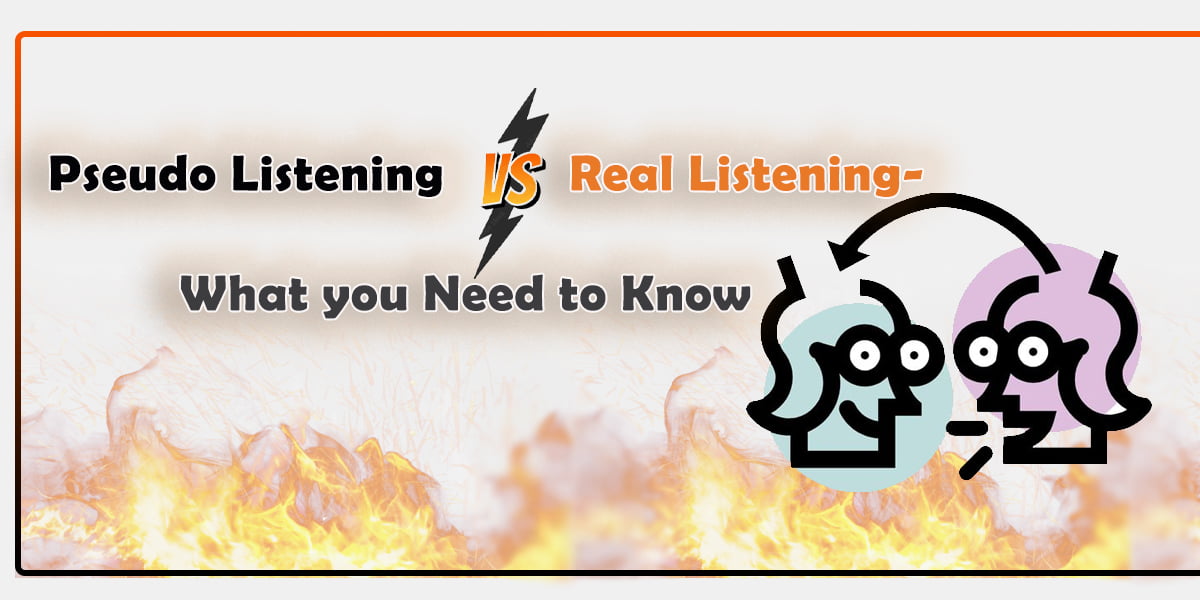Effective communication between parents and teachers lies at the heart of student success. When parents and educators work together as a team, it creates a supportive learning environment where children can thrive. This article will explore the importance of parent-teacher communication and provide numerous strategies to strengthen communication in elementary education.
Communication is Key
Research consistently shows that parent involvement is strongly linked to better student outcomes across all grade levels. When parents are engaged with their child’s education through open communication with teachers, students tend to have higher grades and test scores, better attendance, higher graduation rates, and greater enrollment in postsecondary education (Henderson & Mapp, 2002). Communication allows parents and teachers to develop a collaborative partnership dedicated to the growth and achievement of each student.
Establishing communication early sets the stage for future involvement. At the start of each school year, teachers should introduce themselves to parents during open house events or scheduled conferences. These initial meetings provide an opportunity to discuss classroom policies, expectations for students, and preferred methods of communication throughout the year. It also allows parents to ask questions and voice any concerns. Regular communication then needs to continue on an ongoing basis to promote trust and teamwork between home and school.
Benefits of Parent-Teacher Communication
When parents and teachers communicate effectively, it yields numerous positive outcomes for students, parents, and teachers alike. Let’s explore some of the key benefits:
For Students:
- Increased academic performance and test scores
- Better attendance and classroom behavior
- Higher graduation rates and college enrollment
- Improved social skills, self-esteem, and relationships
- Greater motivation and engagement in learning
For Parents:
- Understanding of classroom expectations and student progress
- Confidence to support learning at home through activities like homework help
- Ability to reinforce lessons, values, and skills from the classroom
- Sense of partnership with educators in their child’s education
For Teachers:
- Insights into students’ home lives, strengths/weaknesses, and individual needs
- Backup and support from parents on behavioral or academic issues
- Assistance from parents as volunteers in the classroom and for special events
- Higher rates of turned-in homework prepared students and overall participation
Overall, effective parent-teacher communication creates a cohesive learning environment where all stakeholders can work as a team to help each child reach their full potential. The benefits are clearly multifaceted.
Strategies for Communication

With an understanding of why communication matters, the next step is exploring specific strategies teachers can use to strengthen connections with parents throughout the elementary years. Here are some ideas to consider:
Hold Back-to-School Night
At the start of each year, host an informal open house where parents can meet the teacher, see the classroom, and learn about the curriculum, schedules, homework policies, and classroom rules. Provide a folder of important forms and contact information to take home.
Schedule Parent-Teacher Conferences
Formal conferences after the first grading period allow ten-minute individual meetings to discuss each child’s social/emotional development, strengths/weaknesses, and goal-setting. Offer conferences at different times/days to accommodate schedules.
Send Home Weekly Newsletters
A one-page newsletter can be emailed or sent home each Monday highlighting the week’s lessons, upcoming tests/projects, volunteer needs, and classroom news. Include photos of special activities for visual interest.
Update Class Websites and Learning Management Systems
Post homework assignments, behavior charts, newsletters, photos, and more for easy parent access. Communicate through messaging features and share links to educational resources.
Make Positive Phone Calls Home
Don’t just call about problems. Also, chat with parents of high-achieving students or those who worked hard on a recent project. Leave short voicemails of encouragement if parents can’t answer.
Send Home Daily Communication Folders
Each child brings home a folder containing classwork, behavior charts or points, homework, and notices. Parents sign and return the folder each day for teacher responses.
Host Family Literacy or Math Nights
Fun, interactive events help parents engage with the curriculum at home. Provide take-home materials, strategies, and quality time for families to learn together in a low-stress setting.
Create a Class Remind Account
This free service allows teachers to send brief text reminders and messages to any parent with a mobile phone. It’s an easy backup for families who miss notes or newsletters.
Try Parent-Teacher Conferences by Phone
For busy families, offer 10-minute phone check-ins as an alternative to in-person meetings twice per year. Teachers can still share student progress and set goals.
Send Home Monthly Calendars
Provide an overview of lessons, tests, projects, field trips, and special events for each month to help families plan and participate.
Communicate Through Email
Email is convenient for sharing longer messages, attachments like homework samples, and requesting RSVPs for events. Respond promptly to parent inquiries.
Utilize Social Media Privately
Some teachers create a closed Facebook group or private Instagram for their class to share photos and updates with parent permission.
Host Family Math or Literacy Nights
Fun, interactive events help parents engage with the curriculum at home. Provide take-home materials, strategies, and quality time for families to learn together in a low-stress setting.
Request Parent Volunteers
Welcome parent help in the classroom for activities, parties, chaperoning field trips, or other tasks. Provide a schedule of volunteer needs.
Send Home Student Work Samples
Rotate student work to go home weekly or monthly in folders so parents feel included and informed about learning progress.
Communicate Positively About Students

Share specific strengths, talents, acts of kindness, or improvements with parents regularly through notes, emails, or calls. Praise goes a long way.
Address Concerns Promptly
If academic, behavioral, or social issues arise, contact parents immediately by phone or conference to discuss solutions together. Nip problems in the bud.
Encourage Two-Way Communication
In addition to teacher outreach, request parent contact via notes, email, or quick hallway chats if they have any questions. An open-door policy is welcoming.
Consider Students’ Home Languages
When possible, provide translations of important documents for English language learners. Use translation apps for parent communication.
Connect With Community Resources
Provide parents with information about after-school programs, tutoring, family activities, and social services available to help support students outside the classroom.
Mastering the Art of Communication
As seen through these strategies, effective parent-teacher communication requires ongoing effort, creativity, and care on the part of educators. While it may seem like extra work upfront, the benefits of partnership with families far outweigh any costs. Regular involvement from parents has been directly linked to higher student achievement, better behavior, and increased well-being (Henderson & Mapp, 2002). When teachers prioritize communication as an essential part of their practice, it strengthens the home-school connection. It allows each child to receive the support they need through a cohesive learning community. Mastering the art of parent-teacher interaction is one of the most impactful ways to help students succeed in elementary education and beyond.
Read More: How Aldine Schoology Helps Teachers to Improve Student’s Learning
Conclusion
A variety of specific strategies were then presented to aid elementary educators in strengthening connections with families throughout the school year. Regular communication establishes trust between homes and schools while informing parents about classroom happenings and student progress. This collaboration between teachers and families creates a supportive learning environment where all stakeholders work as a team with a shared vision of helping each child reach their full potential. With effort and creativity, elementary teachers can develop strong communication habits that will serve students well both inside and outside of the classroom.




